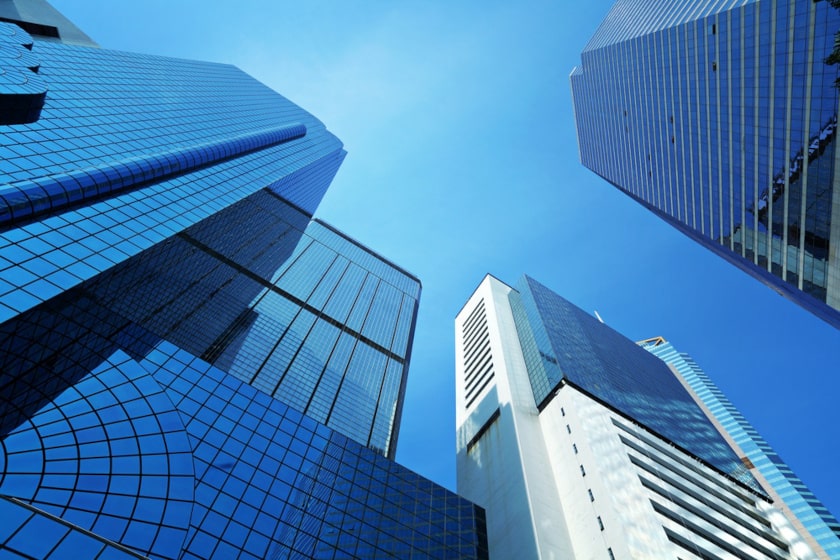3 Ways To Use Checklists To Improve Building Management

In building management, what’s the secret to keeping costs down and tenants satisfied?
Adopt a proactive management approach to the building and address issues promptly when they occur. To translate that concept into action, use checklists to manage your priorities in each area of the building. Here are three possibilities you can use to improve your operations.
1. The Building Management Safety Checklist
The purpose of this checklist is to keep everyone who uses your building safe and sound. The objective is to identify safety risks early and escalate them to management for action. Make sure your checklist covers the following items:
- Electrical Systems: Exposed electrical systems have the potential to hurt people and cause property damage. Ask your staff to carry out periodic tests and inspections of all critical electrical systems, sockets and related infrastructure.
- Construction and Renovation: Are proper precautions (e.g., posted signs and barriers) put in place during construction to reduce the possibility of harm?
- Emergency Systems: Consider creating a specialized annual checklist to test all of your emergency systems, including lights, stairs, and speakers.
- Security Checks: Test your security systems to ensure all individuals accessing secure areas are logged.
It’s a good idea to periodically review your safety checklists and see what you can improve, once they have been developed.
After your building is secure, you can tackle the next challenge: cleanliness.
2. The Building Management Cleanliness Checklist
A neglected building with broken windows is less attractive to tenants and more attractive to unsavory individuals. Your building management organization may carry out cleaning directly or outsource that function to a third party. In any case, it is smart to monitor cleanliness with a checklist.
Keep an eye on the following areas in particular:
- Entrance Areas: Your building’s entrance areas, including the lobby, create a lasting impression. Inspect those areas regularly to keep them clean.
- Restrooms: More than any other area, a poorly maintained restroom reflects poorly on building management. Tenants and visitors count on restrooms daily, so keep them in good condition through regular inspections.
- Waste and Recycling: Ask your staff to inspect centralized waste collection areas to ensure they are cleared away promptly.
- Fulfill Specialized Requirements: Some buildings, such as medical facilities and restaurants, have higher cleanliness standards. If those requirements apply to you, equip your staff with processes to meet those standards.
If your tenants have their own cleaning arrangements, meet with them to clarify responsibilities. If this coordination is forgotten, it is natural for “no man’s land” areas to emerge. Allowing that to happen in your building will lead to unhappy tenants.
3. The Building Management Tenant Satisfaction Checklist
Let’s be clear: if tenants are unhappy and move out, your building is in trouble. The pressure is even more significant in dense urban neighborhoods where you have to compete for tenants against other companies.
To keep your commercial tenants satisfied, build a checklist covering the following criteria:
- Test Your Tenant Feedback Process: A suggestion box or email inbox is only valuable if it works. We suggest periodically testing whether tenant feedback works.
- Track Tenant Meetings Held: Waiting for tenants to complain about problems is not a smart move. Instead, schedule monthly or quarterly meetings with your most valuable tenants. You can use a checklist to organize the meeting agenda.
- Log Tenant Appreciation Events: The best commercial building management companies tend to hold annual tenant appreciation events. Use checklists to prepare for these events and supervise outside service providers such as catering companies.
Taking the time and effort to engage your tenants is the best way to keep them satisfied.
Create Digital Checklists for Your Building
Yes, apps are here to stay in the building management world. Some luxury residential buildings in New York even offer customized apps to their tenants.
As The New York Times reports:
“The typical app allows the resident, with an easy swipe and tap, to complete tasks like paying the rent, booking fitness classes, arranging dry cleaning, reserving common areas for parties, receiving package notifications or telling the resident manager that you need your stove fixed. The Rose app offers discounts for neighborhood businesses looking to promote themselves.”
What if your company is not interested in creating an app to improve the tenant experience? Don’t worry; there is another option.
For commercial buildings, you can use apps and technology to improve your management effectiveness. Mobile forms provide a way to share checklists with all of your staff in the field.
With a digital process, you no longer have to wait for forms to be dropped off at the office. Your team can send them in directly from their mobile devices, which helps with managing your checklists and operations.
Ready to improve operations by using mobile forms to automate your processes?